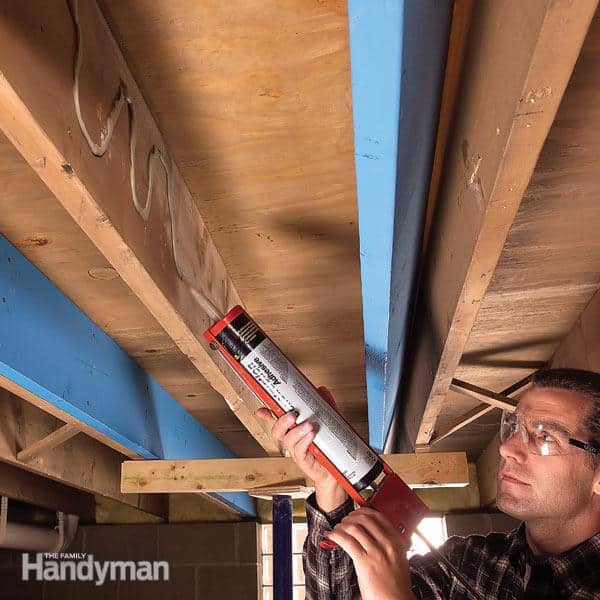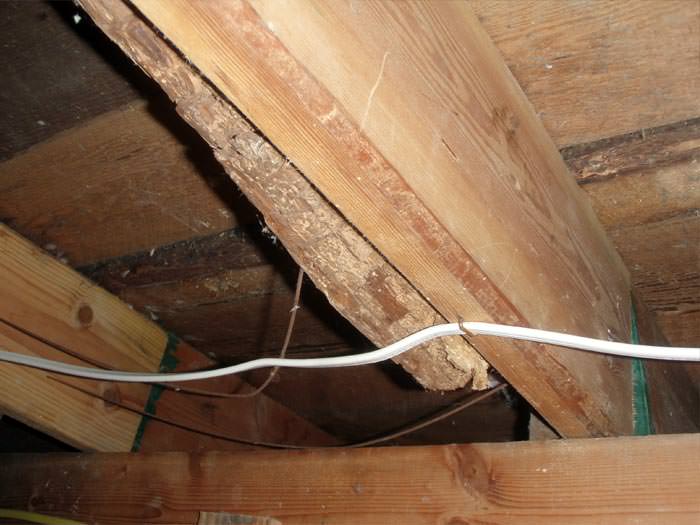Sagging Floor Definition

You ll find sagging floors primarily on poorly.
Sagging floor definition. Sag definition to sink or bend downward by weight or pressure especially in the middle. The solution to sagging floors or the damaged sills and joist ends that contribute to them often involves jacking. Sagging can be the result of undersized joists an undersized support beam or support posts that have rotted at the bottom or settled into the ground. The cause of these may be the same or may be different.
Homes with sagging floors aren t usually found on concrete slab foundations because well constructed concrete foundations typically last a long time. Not all floor problems are the same. Some are serious structural issues that require the attention of a contractor while others are more routine cosmetic problems that you can solve yourself if you re a fairly advanced do it yourselfer. The sagging floor was the symptom and somewhere under the house there had to be a cause.
Sagging floors a common problem in old homes have many potential causes. Sloping floors verses sagging floors these terms are related and a sagging floor actually has a slope from each side of the sag. Sagging floor issues often relates to framing issues or the loads that the floors are carrying. A common scenario is to install temporary jack posts and support beams then permanent posts and beams over new footings.
Sagging floor joists can be fixed. The added beam will take all the bounce and movement out of the older floors and you can add extra weight without fear of additional sagging. The other category describes floors that might generally be level from end to end but within that span may have sags or dips. A sagging floor in an older or even newer crawl space home is often a sign of a structural problem.
Bounciness is usually caused by undersized floor joists. Dwight barnett is a certified master inspector with. One category describes floors that have a general overall slant.


















